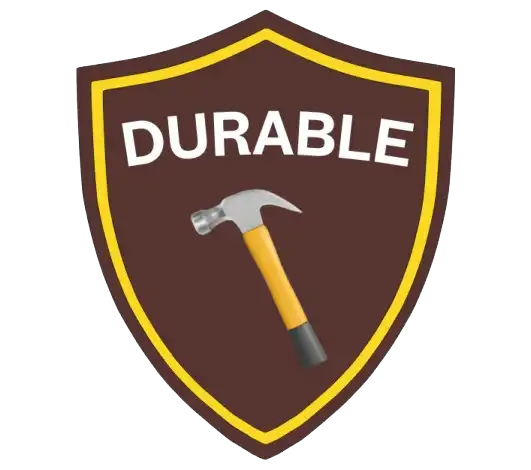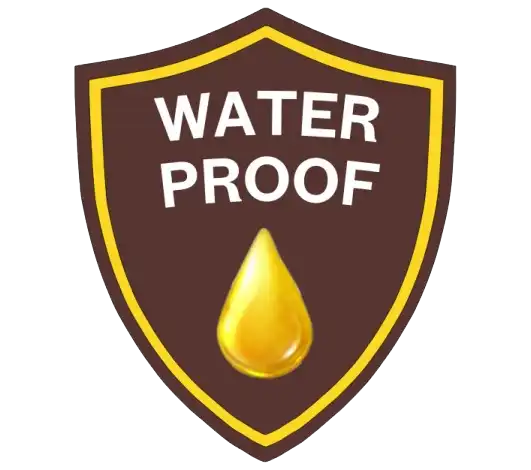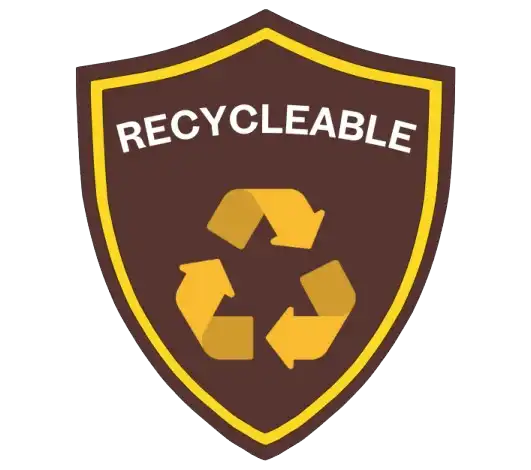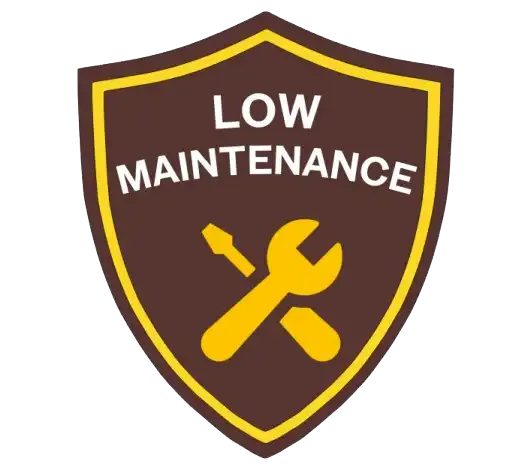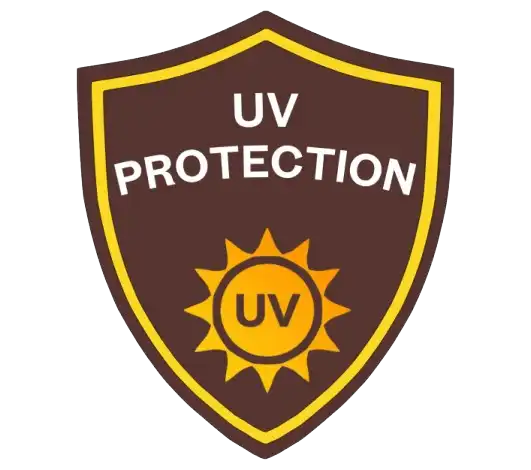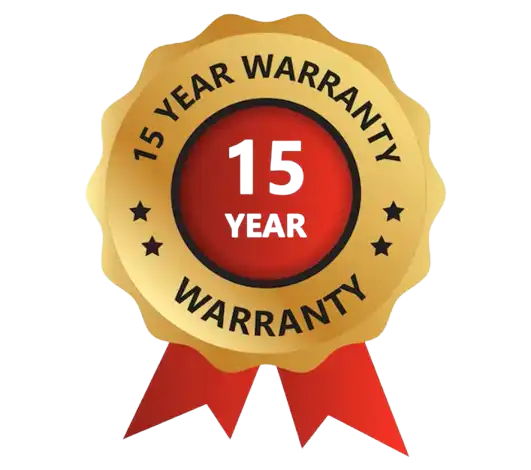The role of reinforcement in uPVC windows and doors is crucial to make them even more secure and durable. For years, steel has been the go-to material for reinforcing windows and doors.
However, there’s a shift happening in the industry, to uPVC thermal reinforcement. This innovative design is a strong contender that offers more benefits than traditional steel.
In this blog, we’ll explore why this shift matters and how it impacts the future of window and door reinforcement.
Benefits of Safeplast Thermal Reinforcement
These benefits make STR a superior choice for modern window and door reinforcement. Here’s how STR stands out:
- Improved thermal performance: STR improves the thermal efficiency of windows and doors. It aids in reducing energy costs and maintaining comfortable indoor temperatures.
- More sustainable product: STR inserts are made from recycled PVC, which makes them an eco-friendly choice that supports sustainability efforts.
- Less effort to drill through: Drilling through STR is easier compared to steel. This benefit makes installations quicker and more efficient.
- Easier to install: The lighter weight nature of PVC inserts simplifies the installation process, reducing labour time and effort
- Easier end-of-life recycling: PVC inserts are easier to recycle at the end of their life cycle.
Detailed comparison table of Safeplast
Thermal Reinforcement vs Steel Reinforcement
Here’s a detailed comparison table between uPVC thermal reinforcement and traditional steel reinforcement. This table highlights the key features and benefits of each material so you can choose the best option for your projects.
| Feature |
Safeplast Thermal Reinforcement (LTR) |
Steel Reinforcement |
| Thermal Performance |
Superior |
Standard |
| Sustainability |
Made from recycled PVC |
Traditional steel |
| Ease of Drilling |
Less effort required |
More effort required |
| Installation |
Easier |
Standard |
| End of Life Recycling |
Easier |
More challenging |
| Screw Retention |
Improved due to thicker section |
Standard |
| Cyclic Testing Performance |
85,000 cycles without failure |
50,000 cycles standard |


